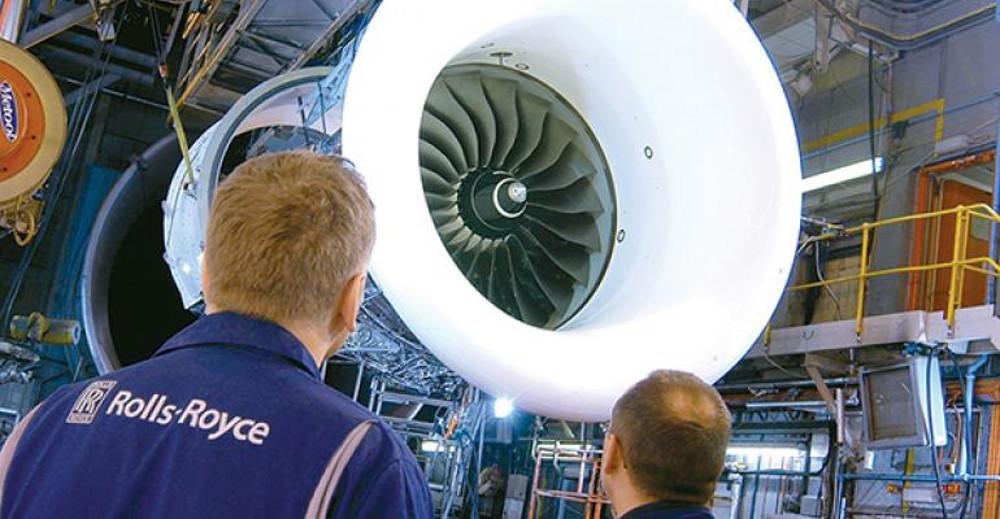
Among the most adversely impacted segments of the commercial aftermarket during COVID-19 was engine maintenance. This was primarily attributed to the slump in flying hours brought about by widescale travel restrictions. In turn, this led to financially stricken airlines cutting back on maintenance spend and starting with expensive scheduled overhauls of their engines.
Eight months into 2021 and the impacts of this are still resonating. One of the biggest illustrations of the COVID-19 impact was the fortunes of Rolls-Royce, a dominant player in widebody engine production—potentially the worst segment to operate in during the past 18 months.
Last year saw the British engine manufacturer post a record pre-tax loss of £4 billion, following a year of order slumps and production cuts. Its robust aftermarket services division also felt the effects: large engine flight hours fell by almost 60% last year.
But as of August 2021, some small signs of recovery are appearing. Rolls-Royce has seen an encouraging pickup for aftermarket services demand in the first half of 2021, according to results published last week.
Overall, the British engine manufacturer returned to profitability with an underlying operating profit of £307 million (approximately $425 million) for the first six months of the year up to June 30, 2021. Large engine flying hours were 43% of the 2019 level. Crucially, for the commercial aviation aftermarket, revenues picked up 10% for the six months compared to the same period last year, amounting to £1.4 billion ($1.9 billion).
During this period, Rolls-Royce completed 284 large engine shop visits, 92 of which were major overhauls. While still small, and not discounting the fact that overall civil aerospace revenues were down 13% to £2.2 billion ($3.04 billion), the rise in service revenues will be music to the ears of not just the business and its investors, but also to its MRO network, which totals more than 30 companies.
The more positive noises emanating from the engine segment aren’t just confined to Rolls-Royce. German engine specialist MTU Aero Engines also saw a small climb in its commercial revenues in the first half of 2021. The company’s commercial maintenance revenue rose to €1.35 billion ($1.58 billion), 6% higher than the €1.27 billion posted in the first half of last year.
Meanwhile Safran, a partner in the CFM International program with GE Aviation, saw civil aftermarket revenues ascend by 15% in the second quarter of 2021 compared to the first three months of the year. However, the French company remains cautious by warning that the recovery of its civil aftermarket business could yet be a slow one.
The 2022 Engine Yearbook will be released in December 2021. For queries, please email: [email protected]





